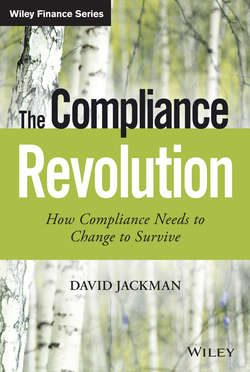Читать книгу The Compliance Revolution - Jackman David - Страница 12
На сайте Литреса книга снята с продажи.
Part One
Theory
Chapter 2
General Model of Regulatory and Compliance Development
International Comparisons
ОглавлениеIt is possible to place regulatory regimes or jurisdictions along the development curve in terms of their stage in the journey. Some may be large and powerful regulators in terms of legal powers, reach and style of enforcement action but that does not mean that they are sophisticated in terms of the mix of approaches used. Equally, this does not mean that such regimes are not effective, but they could be more effective if they advanced their methodologies and added to their regulatory toolkit. It is also the contention that compliance will be more embedded and therefore resilient under pressure if regulators move up the development curve. Stages 4 and 5 are inherently lower cost and so more sustainable in the long term.
In general terms many regulatory–compliance systems are not as far along the curve as they need to be given the challenges they face and increasing public expectations. This partly explains why regulation and compliance has been viewed as less-than-fully-effective during and after the 2008 financial crash – as we will explore in Chapter 3. There have also been examples of regulatory failure in other sectors, e.g., phone hacking in the UK media, which gives the impression that regulation in general, is ineffective.
Regulation is a social activity, and the development of one regulatory system tends to drag along others. Some regulators tend to be cautious and do not want to be ‘first movers,’ while others are more competitive or seek to be the beacon in a particular region or sector. If advancements made by one seem to be successful, it is only a matter of time before other regulators follow. The key to future international success is that there is a critical mass of regulators that pursue the direction towards stages 4 and 5, impressing on those in stages 1–3 the need to move forward. This is particularly important simply to reduce the opportunities for arbitrage between jurisdictions.
To re-emphasise a conclusion from Chapter 1, the primary advantage of the regulation–compliance system progressing along the developmental model curve is that it can deliver more effectively the social/economic outcomes for the wider community. This is the end; compliance and regulation are only means to that end.
